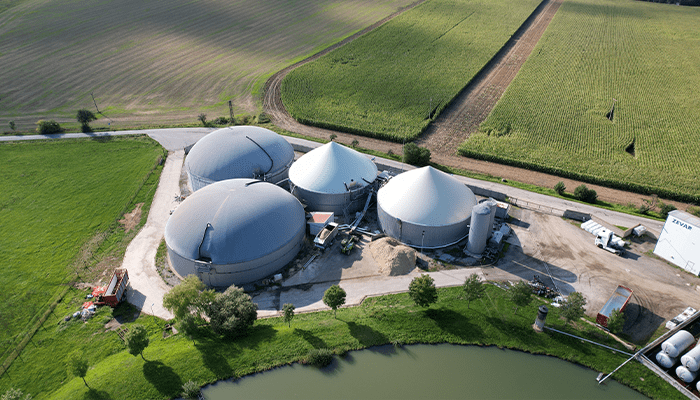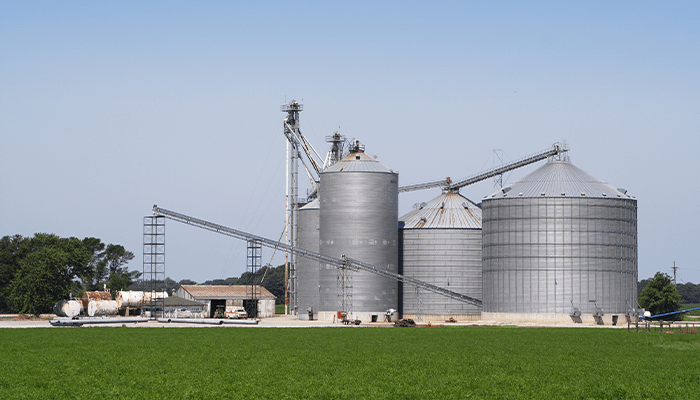
Protecting Ag Workers from Wildfire Smoke
While July through October is considered peak wildfire season, September and October are the most vulnerable months. Extreme weather events, such as heat and drought, have fueled record-breaking wildfires. In addition to the physical damage caused by these fires, wildfire smoke is harmful to our health, even if the fire is burning several states away.
For agriculture workers, smoke from wildfires has become a persistent health threat. During a wildfire, the air fills with harmful particles from the trees, vegetation, and structures in its path.
Although the smoke negatively impacts everyone, some people may be at high risk due to pre-existing conditions. During a wildfire event, it’s important to monitor the air quality before and while working.
Air quality is reported to the public using a scale called the Air Quality Index (AQI). The website, airnow.gov, reports the air quality by zip code, as well as state, national, and world views. When the AQI reaches 151, the air is considered unhealthy for workers without pre-existing conditions. If there is not an AQI near you, take action when visibility is reduced to five miles.
It’s difficult for those working in agriculture to stop outdoor work, but when the AQI reaches an unhealthy level, determine whether tasks can be delayed, rearranged, or altered to limit the amount of outdoor work as much as possible. Some methods for reducing worker exposure include:
- Relocating work to enclosed structures or vehicles where the air is filtered
- Moving workers to a location with a lower current AQI
- Reducing time worked in areas with unfiltered air
- Increasing resting time and frequency in an area with filtered air
- Reducing the physical intensity of the work to help lower breathing and heart rates
When working outside is unavoidable, workers should wear an N95 respirator to filter the air and reduce the number of particles breathed in. Agribusiness operations subject to OSHA regulations must comply with the voluntary respirator use provisions in the Respiratory Protection Standard, which includes providing each worker with a copy of Appendix D.
A training and communication plan should be implemented in a language and manner that all employees will understand. Training should include how to determine air quality and how to use N95 respirators. Provisions designed to encourage workers to report smoke hazards without fear of reprisal should also be included.
Assessing your operation’s disaster preparedness is more important than ever and putting a plan in place early can ensure you are ready for peak wildfire season. From risk assessment to insurance coverage to emergency planning, contact the AssuredPartners agribusiness team for weather data and resources designed to help you respond quickly and objectively.
Featured News & Insights

Carbon credits as a concept have been around for years, offering both environmental and economic opportunities for the agriculture sector. With sustainable practices taking center stage, it's...

The outlook for the U.S. poultry market is promising as demand remains high, flock populations have recovered, and market prices are expected to increase, according to the USDA’s August 2024...

Grain entrapments are down 36 percent in 2023, according to Purdue University's Agricultural Safety and Health Program's latest "2023 Summary of U.S. Agricultural and Confined-Space Related Injuries...